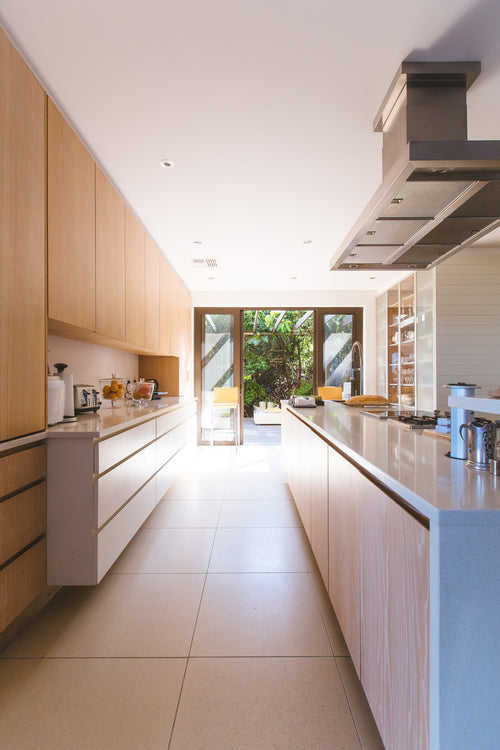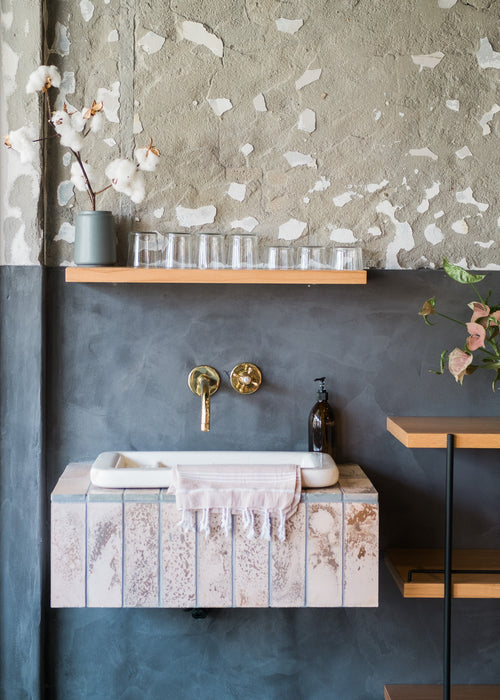PATIO FURNITURE MOLD AND MILDEW PREVENTION TIPS

Patio furniture offers us a comfortable way to enjoy our outdoor spaces when the weather is pleasant. However, the fact that it is exposed to the elements can present a challenge when it comes to keeping our patio furniture in good condition.
The key to keeping your patio furniture looking its best is to prevent mold and mildew from finding a home on it. Here are some patio furniture mold and mildew prevention tips to help you.
WHAT ARE MOLD AND MILDEW?
Let’s begin by defining mold and mildew and explaining the differences between them. Mold is a collective term used to describe species of fungus that have multicellular filaments.
Molds come in many different varieties and colors, and spread by releasing spores. A single cell of mold would not be noticeable to the naked eye; it is only when mold collects in large colonies that we become aware of it. Mold may be beneficial; a classic example is penicillium, from which the antibiotic penicillin is made. But mold may also be dangerous, with black mold being the best-known example.Mildew is a term used to refer to a certain type of mold—specifically, those varieties with a flat growth habit. Mildew is most often found in areas where moisture levels are high. The presence of mildew is often accompanied by a distinctive, musty odor.
One type of mildew can have adverse health effects. Aspergillus has a white or gray powdery appearance and is classified as a mycotoxin. People who are exposed to aspergillus may experience respiratory issues similar to cold symptoms. In serious cases, people have experienced neurological symptoms such as dizziness and delirium.
WHERE DO MOLD AND MILDEW GROW?
Both mold and mildew can flourish in areas where moisture is present. Some examples of areas in and around your home where mold may appear include the following.
-
Basement floors and walls
-
Shower walls
-
Bathtub
-
Areas around leaks in roofs, windows, or pipes
One of the trickiest things about molds and mildews is that they can live and grow on a variety of surfaces, including paper, cardboard, ceiling tiles and wood. They can even live in drywall, carpet, upholstery and wallpaper, among other things.
Patio furniture may be made of wood, plastic or metal. It is common for outdoor furniture to come with cushions for comfortable seating. Any of these surfaces may be a host for a mold colony if they are not property treated with a safe and non-toxic cleaning product.
HOW TO PREVENT MOLD AND MILDEW FROM DAMAGING YOUR PATIO FURNITURE
The best way to prevent mold and mildew from attaching to your patio furniture and growing there is to treat the surface with a product that is safe, nontoxic, and antimicrobial. When your furniture is properly treated, mold spores won’t be able to find a home on it.Treatment with SimpleCoat makes it easy to keep your patio furniture looking its best. Whether your furniture is made of wood, resin, plastic, metal, or some combination of these materials, SimpleCoat can protect it from water damage, fingerprints, stains, and other things that can ruin its appearance.
To apply SimpleCoat, simply add a small amount to a clean, dry cloth. Wipe it over the surface, wipe with a new cloth to remove any excess, and allow it to air dry.
HOW TO REMOVE MOLD AND MILDEW
What happens if your furniture has already been damaged by mold and mildew? The first step must be to clean it thoroughly, destroying the mold. You’ll then need to treat it to prevent the mold or mildew from returning.Mold remediation processes can vary based on the material of your furniture. Here are some options to try.
- Mix ½ cup of bleach with one gallon of water. Wipe the surface of your furniture. The bleach will kill mold and mildew.
- Mix lemon juice and salt to create a mild scrub to remove mold and mildew.
- Mix water, dishwashing detergent, borax, and baking soda together to make a paste. Scrub the mold to remove it.
CONCLUSION
You want your patio furniture to last for years and that means treating it properly. After removing mold and mildew from your patio furniture, allow the furniture to dry. Then, treat your furniture with the best multipurpose, non-toxic product to prevent mold from returning.



